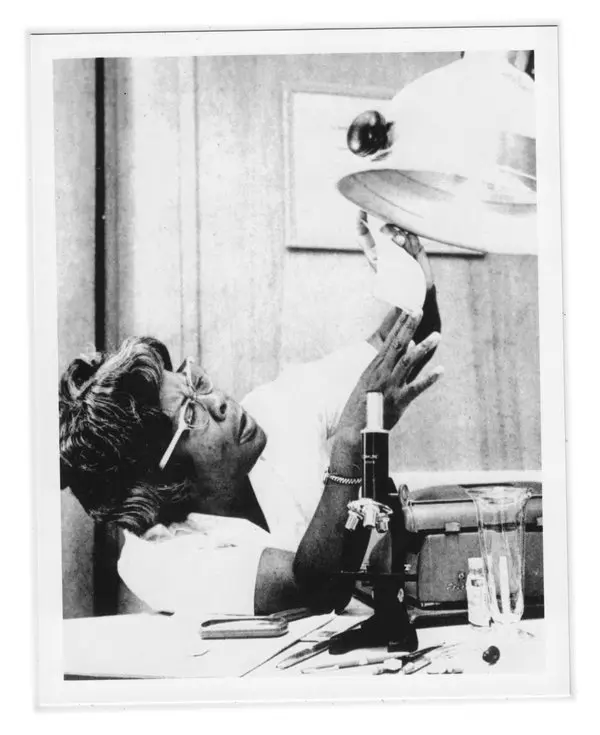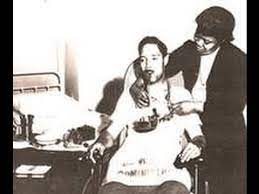Without a Woman: Exploring the Impact of Bessie Blount on History
- iWomanTV

- Feb 27, 2024
- 2 min read
We all know that without women we wouldn't have life on Earth. Yet throughout history, the contributions of women beyond motherhood and marriage have been overlooked and underappreciated. That's where we come in: letting you know about the different inventions, tools, and systems that would not exist if it weren't for a woman.
Let's start out this journey with a woman who created a life-saving device that is still widely used in the medical field today. Her story is a remarkable one, just like most of the women we cannot wait to tell you about.
Bessie Blount began her career as a physical therapist, blending her passion for interpretive dance with her treatments to enhance her patients' care. She often treated World War II Veterans, frequently ones who had lost limbs and had to relearn how to do basic tasks like eating. Frustrated with the inadequate equipment provided, she decided there had to be a better way toward rehabilitation for her patients, initially implementing techniques like using their feet for tasks they used to do with their hands. It was these moments with the injured soldiers that led Bessie Blount to her first invention.
Bessie noticed her patients becoming increasingly defeated when they were unable to do the simplest everyday tasks like eating. Her solution was the feeding tube. The device would deliver individual bites of food to the patient. When they bit down on a mouthpiece, a motor would begin that dispensed a piece of food. The motor would switch off in between bites, allowing for time to chew. Later, she improved her initial design by creating a portable feeding tube that used a neck brace with supports for a bowl or cup. This is the first design she received a patent for in 1951.

Bessie attempted to get the support of the American government, but they told her it was an impractical device. Eventually, with support and encouragement from Father Divine, she donated the rights to her invention to the French government who planned to use the feeding tube in military hospitals. She has been quoted saying that she was not interested in the money the invention would make her, but in proving that black women were capable of more than raising kids and cleaning houses.
She continued working in the medical field and developing other gadgets, until her attention turned elsewhere. As her patients recovered, she noticed how their handwriting began to change. This led her down a different career path.
Bessie began working as a handwriting analyst for the Vineland Police Department in New Jersey and for various departments in Virginia.
Later in life Bessie became a motivational speaker and a strong advocate for young Black students being known for their hard work and not their race. She died in 2009 at age 95, and although she is gone, her impact on the world and those in it will live on forever.







Comments